With 3D printing becoming increasingly popular, it's not surprising that people are always looking for ways to experiment and push the boundaries of what's possible. If you are an active member of the 3D printing community, one question that often comes up is whether you can mix different resins for 3D printing and whether you should do it. The short answer is yes, but there are some important things you need to keep in mind.
Mixing resins can have a significant impact on the final quality of your prints, both in terms of strength and appearance. In this article, we'll dive deeper into the topic and explore the different types of resins that can be mixed, the pros and cons of doing so, and some tips on how to get the best results. Whether you're a seasoned 3D printing enthusiast or just starting out, this guide will give you all the information you need to know about mixing resins for 3D printing.
Understanding the Types of 3D Printing Resins

Before we dive into the topic of mixing resins, it's important to understand the different types of 3D printing resins available on the market, including standard resins, functional resins, and specialty resins. Standard resins are your typical daily driver. This category covers high-resolution resins like Phrozen Aqua 8K, clear resins like Phrozen Aqua Clear, and others that will typically have standard properties and be suitable for almost anything.
Functional resins are those with extra engineering features that could be useful for you. ONYX Impact Plus Resin (our collaboration with Loctite) and Ceramic White Resin (our collaboration with BASF Forward AM) are some examples of functional resins, both having specific capabilities that would be suitable for industrial or functional use.
Lastly, specialty resins can be defined as resins with more specific purposes, such as castable resins for jewelry printing and dental resins for implant printing.
Different resins type might have different characteristic such as viscocity and exposure time. These differences will highly impact your printing success rate when mixing them. So it's important to pay attention to the type and characteristic of resins you are mixing.
Common Reasons for Mixing Resins
There are many reasons why you might want to mix different types of resins for 3D printing. One common reason is to create unique properties combinations that are not available with pre-mixed resins. A lot of people in the community mix resins to create highly detailed models that are strong enough to be handled and played with by mixing Aqua-Gray 8K with ONYX Impact Plus. Each of our group experts has their own favorite mix ratios, and they often share their print settings with the community. If you are interested to see their insights, make sure to join our Facebook community.
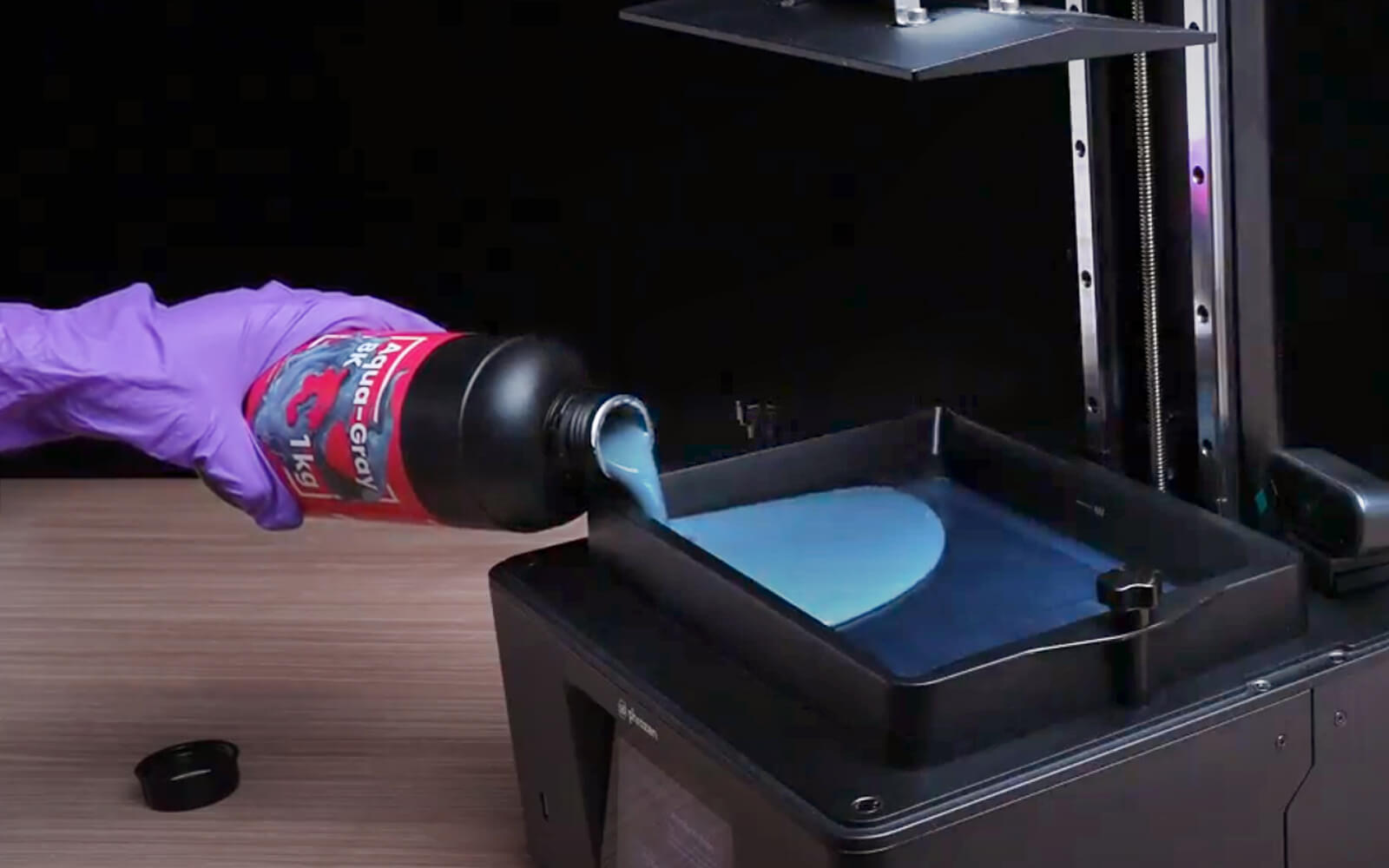
Another reason for mixing resins is to achieve color properties that were not available in the market. For example, mixing your Aqua Clear Resin with some dye can give you a beautiful colorful glass look, while mixing Aqua Red-Clay 8K with Aqua-Vanilla 8K can get you a lighter red terracotta color. After all, 3D printing is all about pushing the boundaries of what's possible, and experimenting with different resin mixes can be a fun and rewarding way to do just that.
Step-by-Step Guide to Mixing Resins
If you're interested in mixing resins for 3D printing, here's a step-by-step guide to help you get started:
- Choose the resins you want to mix
Make sure that the resins are compatible, came from a similar type, and have similar curing times. This will help to increase the success rate and the quality of the results. - Measure the resins
Measure out the resins in the correct proportions. This depends on the specific resins you are using and the properties you want to achieve. Some trial might be needed before you can find the perfect ratio for your needs.
Mix only the amount that you need for your prints, don't mix too much for later use as it might impact the quality of the resins. - Mix the resins
Mix the resins thoroughly using a mixer or a bottle shaker. You can also mix it manually by stirring it, just make sure that the resins are mixed evenly to ensure consistent properties. - Pour the resin into the 3D printer
Once the resins are mixed well, pour your newly mixed resin into the 3D printer and start printing.
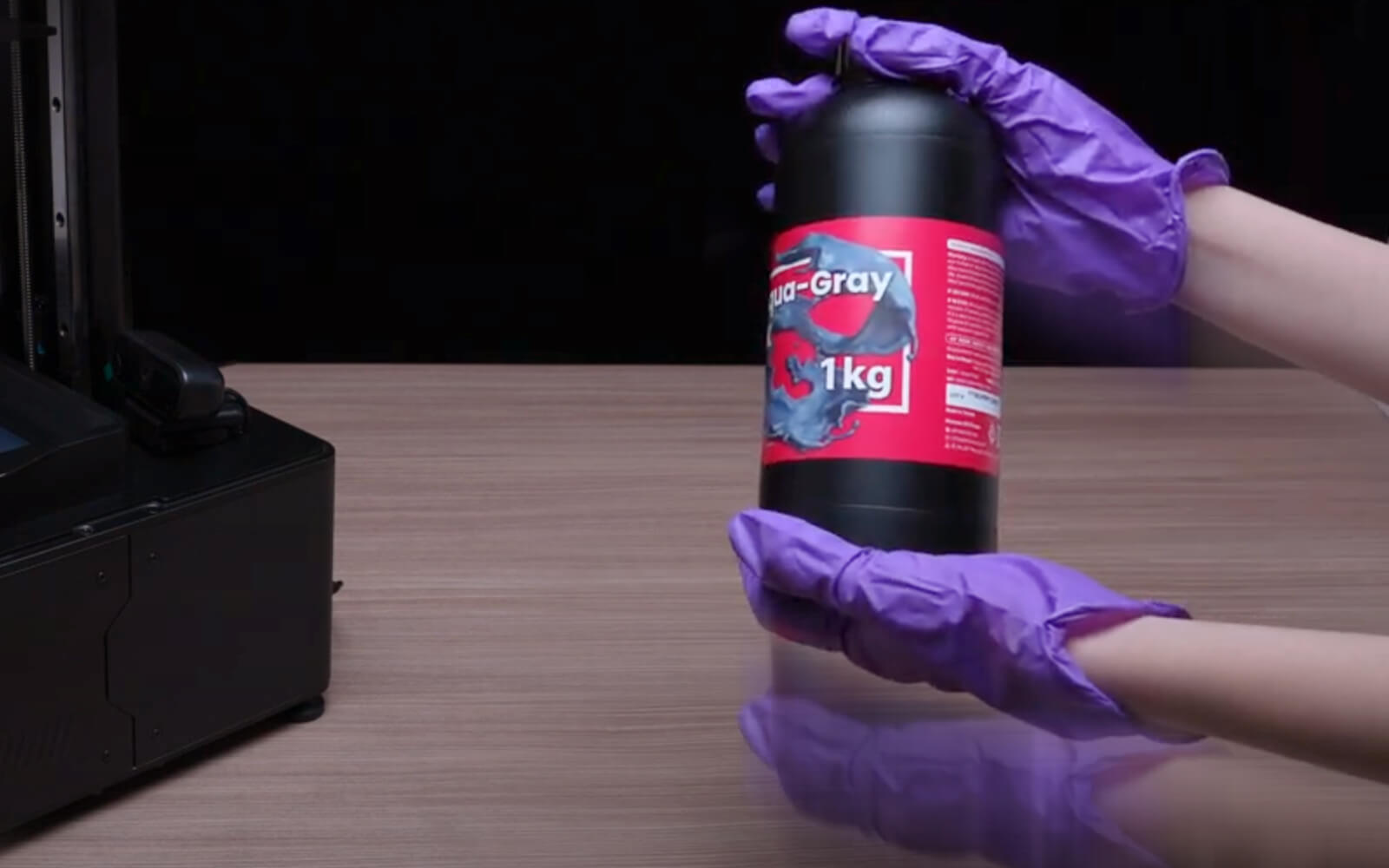
Troubleshooting Common Resin Mixing Problems
While mixing resins can be a great way to achieve the properties you want, it's not always smooth sailing. Here are some common problems that you might encounter when mixing resins and some tips on how to troubleshoot them:
- Inconsistent properties: If the properties of your print are inconsistent, it's likely that the resins were not mixed evenly. Mix the resins thoroughly before pouring them into the 3D printer.
- Brittle prints: If your print is brittle, it's likely that the resins you mixed were not compatible with each other.
- Uneven curing: If the print is not curing evenly, it's likely that the resins you mixed have different curing times.
- Rough surface finish: If the surface finish of your print is rough, it's likely that the resins were not mixed evenly or that the print was not cured properly.

In conclusion, mixing resins for 3D printing is an alternative way for you to achieve the resin properties you need without getting a new bottle of resin every time. With the right materials, measurements, and techniques, you can achieve incredible results with your 3D prints. Whether you're looking to create unique color combinations, custom properties, or just experiment with different materials, mixing resins can be a great way to push the boundaries of what's possible with 3D printing.

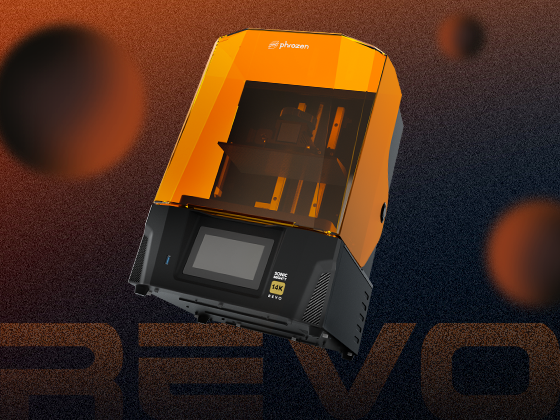
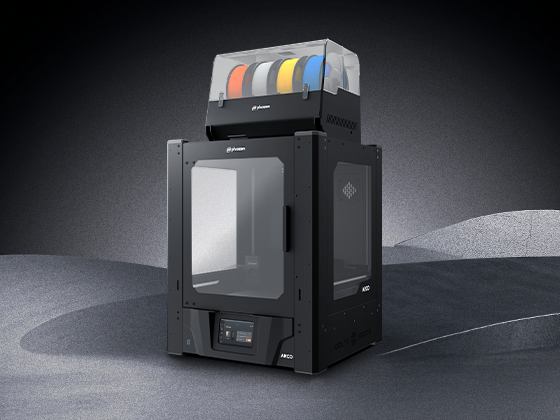
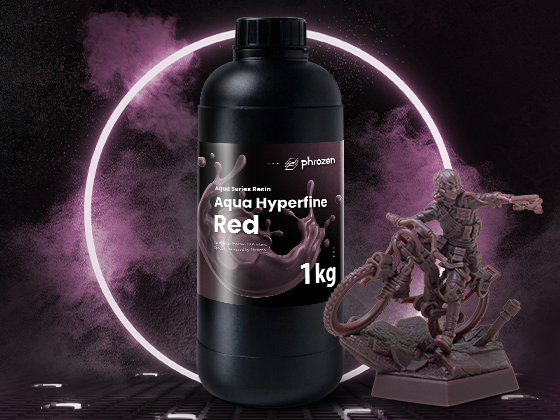
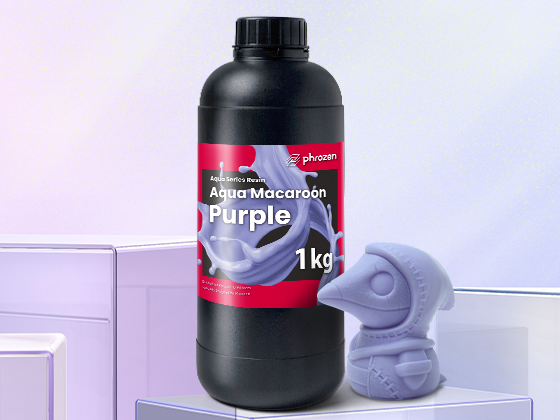
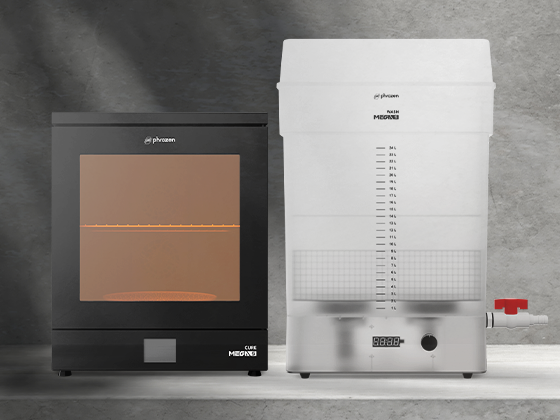
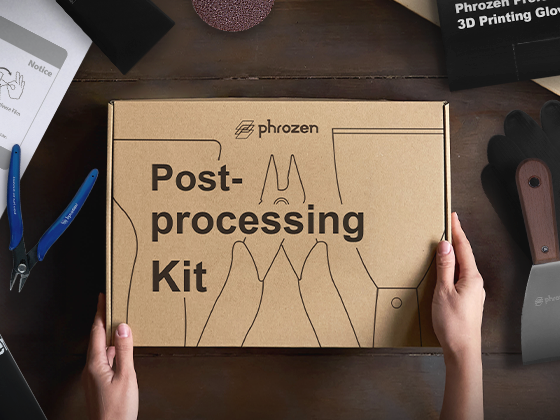
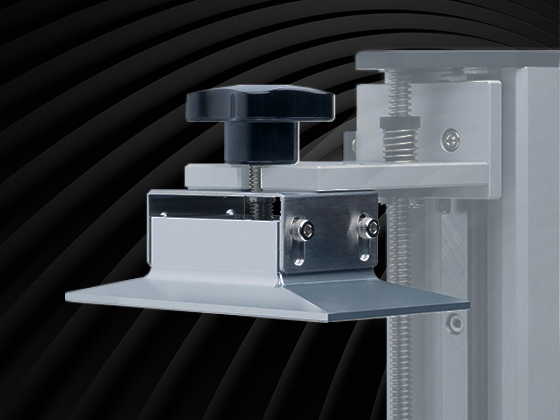
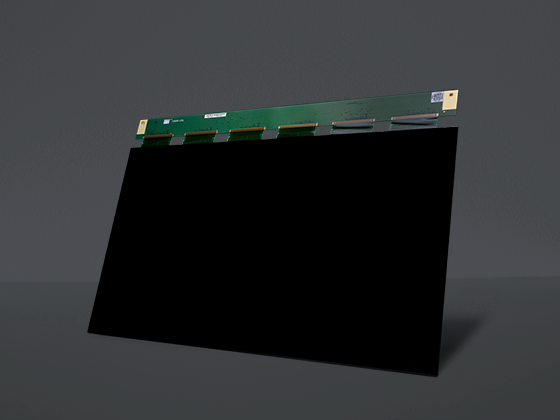
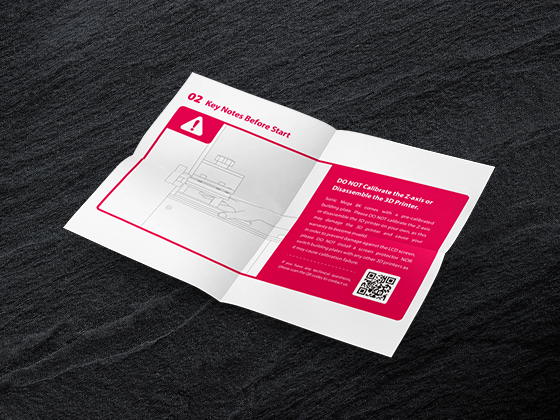
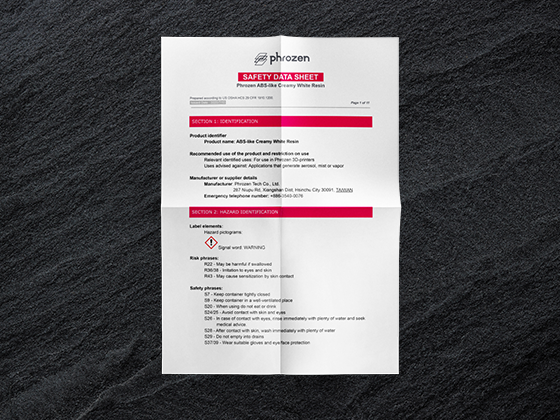
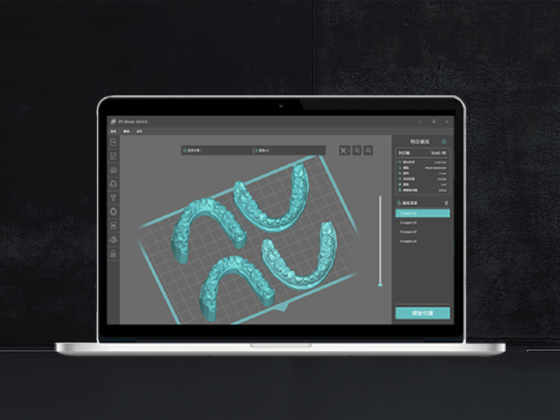



2 comments
Tom Brandt
I mixed equal patrs of phrozen 8k grey white with phrozen SC-801 clear resin. I was making lithophanes (3D effect photos) on a phrozen 8k mini. Everything printed just fine. The parts tended to print just fine. However after a couple of days the parts had curled up into scrolls. Are these resins incompatible?
———
Phrozen Technology replied:
Hello Tom, Thank you for commenting.
The deformation of printed object you’ve been experiencing is likely to be caused by the object not being fully cured. Please print some testers and testing out the optimal post-cured time, you might need some clamps or fixtures to fix the shape of the object you’re trying to print during this process.
Hope this helps.
Best, Phrozen Team
>
I mixed equal patrs of phrozen 8k grey white with phrozen SC-801 clear resin. I was making lithophanes (3D effect photos) on a phrozen 8k mini. Everything printed just fine. The parts tended to print just fine. However after a couple of days the parts had curled up into scrolls. Are these resins incompatible?
———
Phrozen Technology replied:
Hello Tom, Thank you for commenting.
The deformation of printed object you’ve been experiencing is likely to be caused by the object not being fully cured. Please print some testers and testing out the optimal post-cured time, you might need some clamps or fixtures to fix the shape of the object you’re trying to print during this process.
Hope this helps.
Best, Phrozen Team
>
Sadeq
I mixed 2 resin from 2 various company with various exposure time(3.5 & 10) and the printed part had pixelated rough surface on curves.
I mixed 2 resin from 2 various company with various exposure time(3.5 & 10) and the printed part had pixelated rough surface on curves.